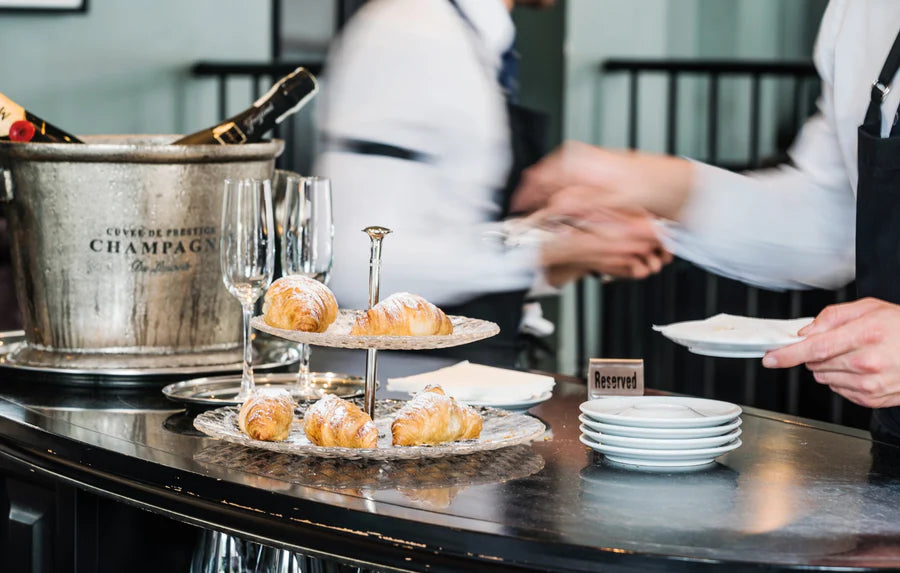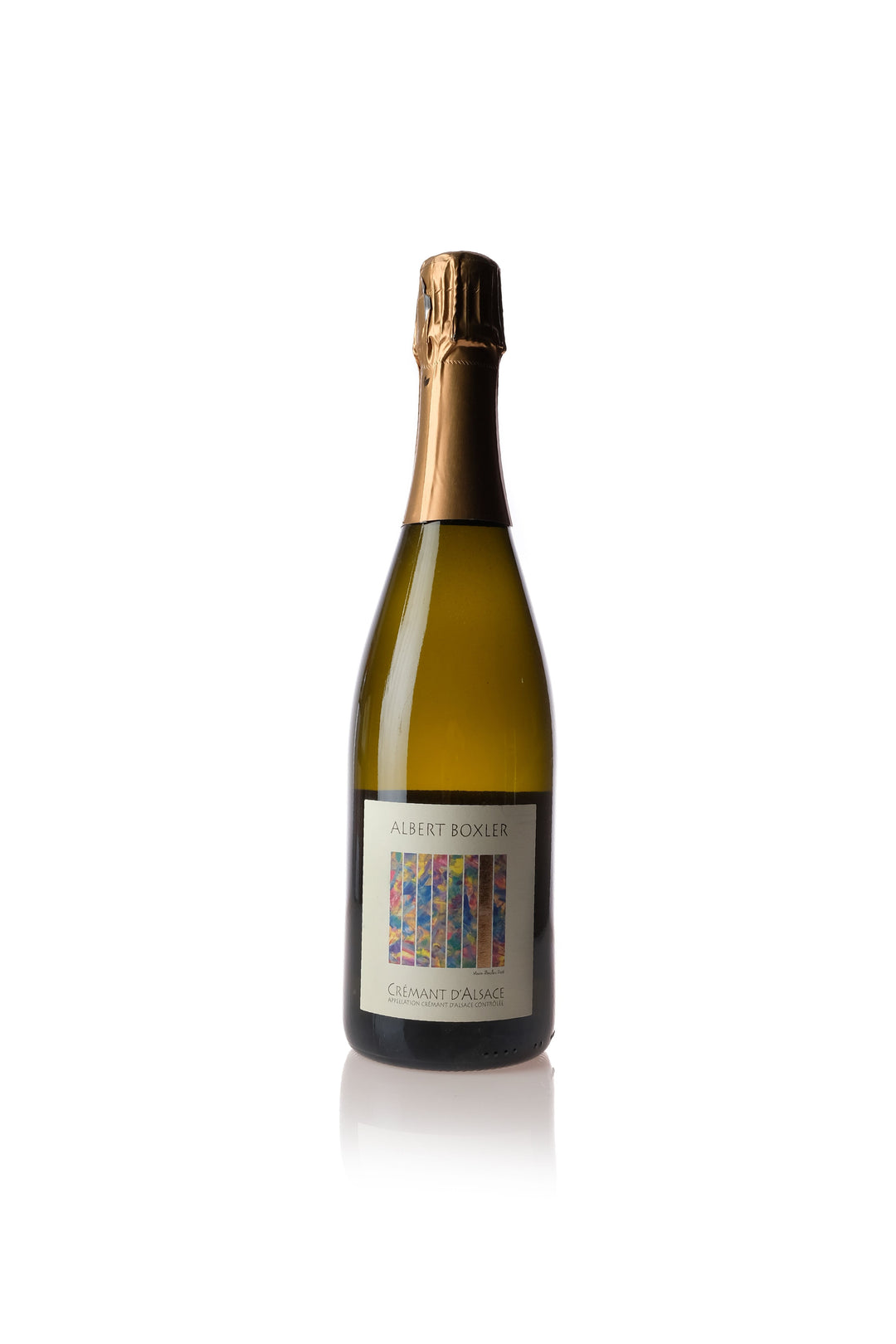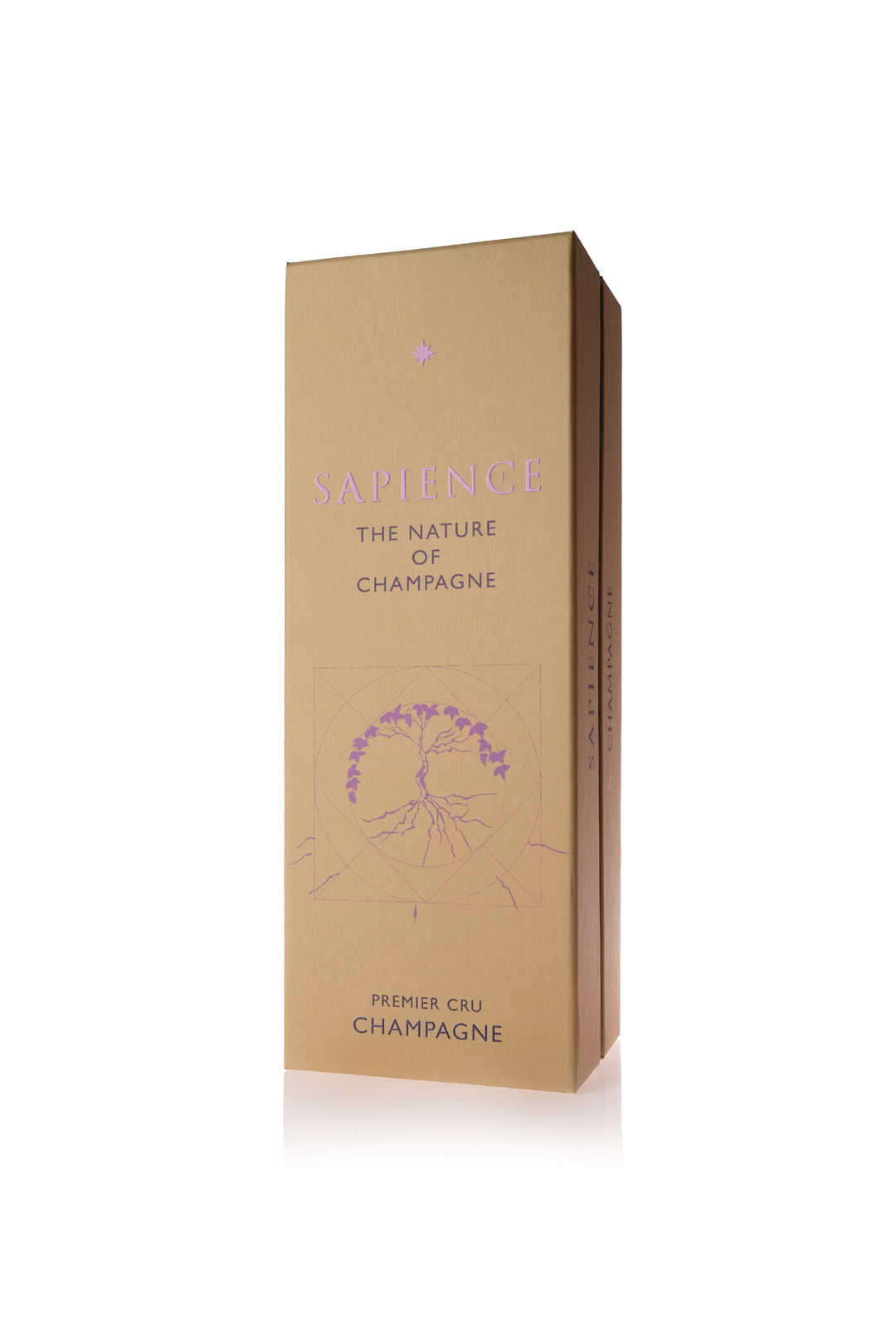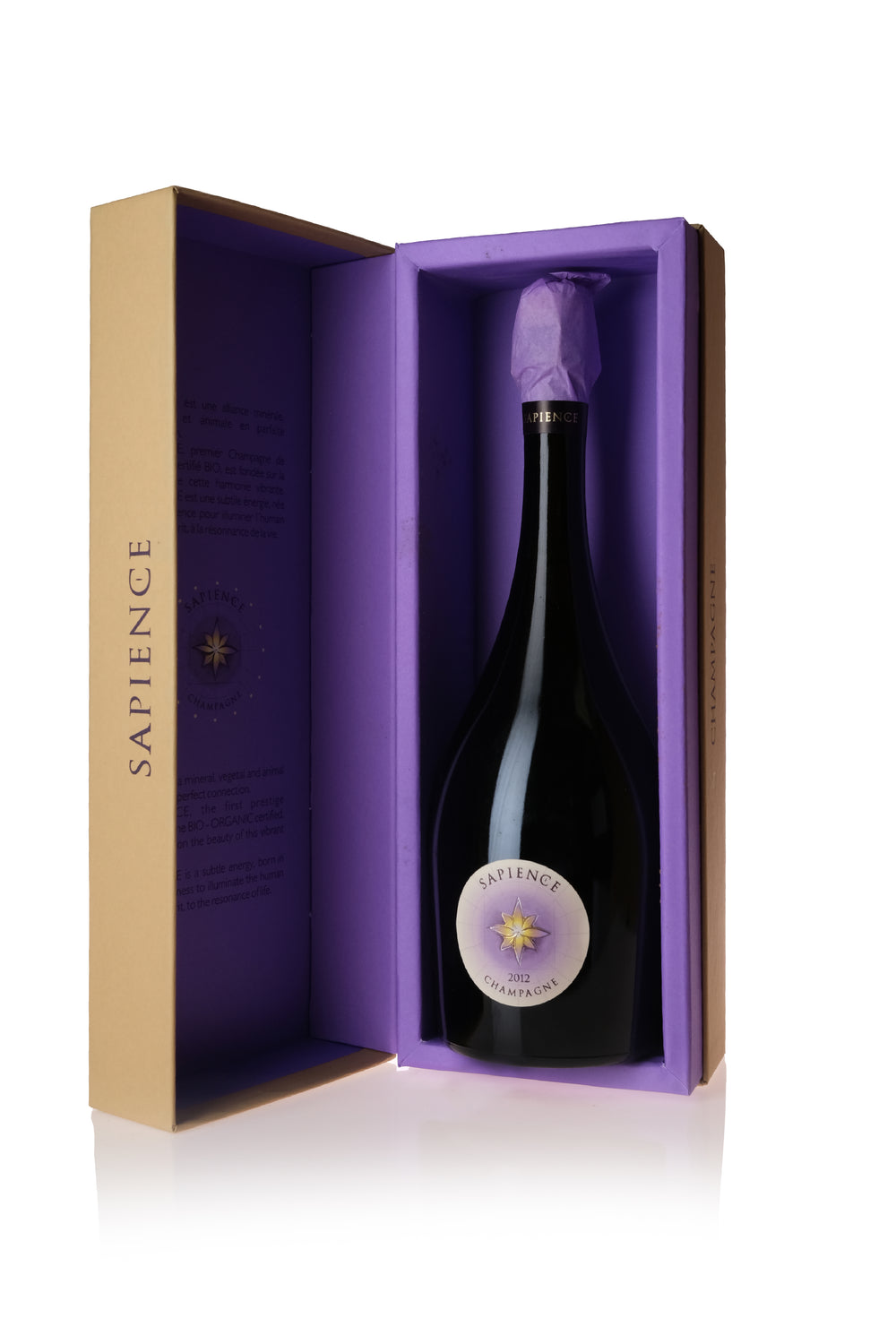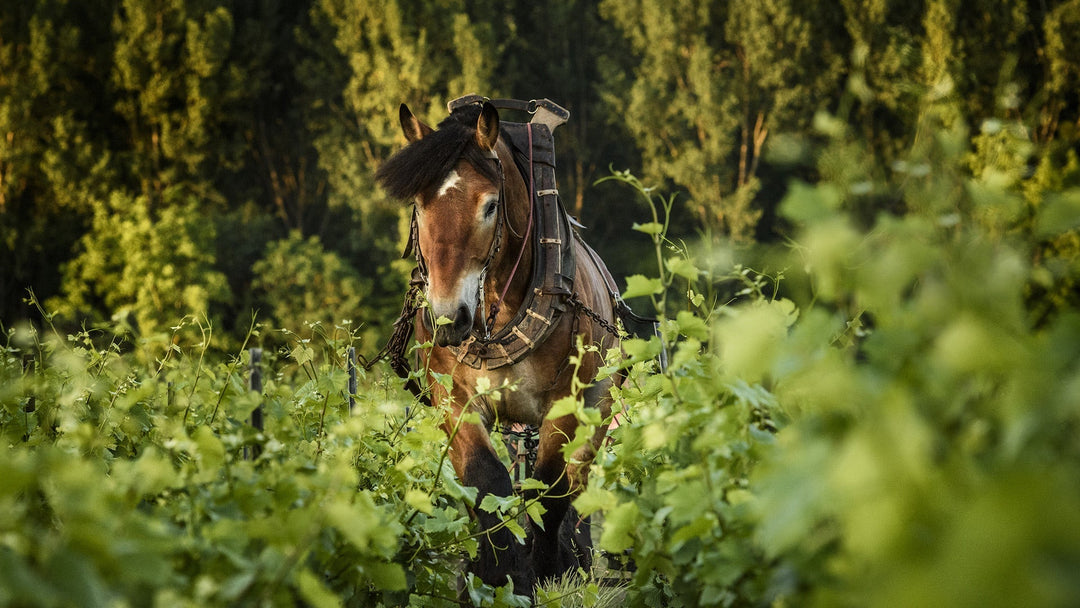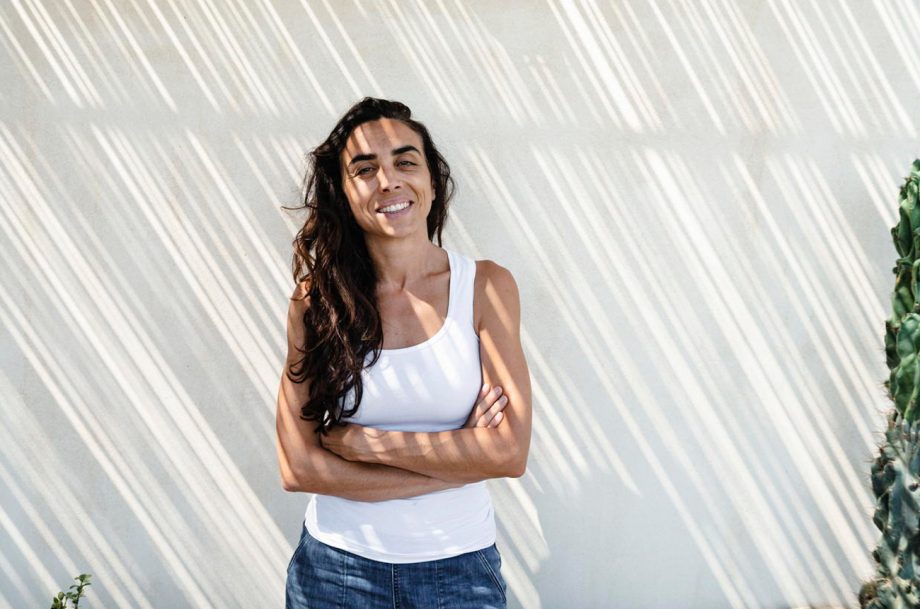A PROPER INTRODUCTION TO CHAMPAGNE
December 23, 2018
Written by Dr. James Greenberg
Dr. Greenberg is a long-time friend and wine lover. He has supported Hart & Cru from the beginning and has been one of Kevin’s favorite regulars going back to Boca Oakley.
Dr. Greenberg is Director, Division of Neonatology, and Co-Director of the Perinatal Institute at Cincinnati Children’s Hospital. In addition to his deep expertise as a medical professional, Dr. Greenberg is a devoted oenophile and we always welcome his contributions to Sunday Reads.
It is long ago. I am 17 years old, in Paris for the first time, a guest at an international meeting. Standing in the middle of a reception, a very serious waiter hands me a glass of champagne. This is cause for immediate concern. I’ve tasted this stuff before-- at my cousin’s wedding: It’s a foamy, sour concoction, with an aroma reminiscent of a nearly empty can of Sprite. In my best high school French, I ask, “Do you have Perrier?” “Non monsieur, seulement, Moëtet Chandon.” “OK,” I say, thinking, I’ll do my best to pretend I’m an adult and choke it down. I take a tentative sip, and then another… and suddenly I’m transported into a new place. There are aromas of citrus, vanilla, and something that reminds me of freshly baked bread. The bubbles enhance the sensory input. This is champagne? After a few more glasses, I’m all in.
Many years later I still marvel over the alchemy that is Champagne. I’m fascinated by the place, its geology, history, and culture. What is it about this wine (and those bubbles) that is so compelling? And why, for so many is champagne still an intimidating mystery?
Champagne is a great example of teamwork. On their own, the wine and the bubbles don’t amount to very much. But somehow, together, the sum is much greater than the parts. Then there’s the process of getting from fresh grapes to the finished product. The méthode champenoise involves a ridiculous number of steps: two fermentations (one to make wine and one to make bubbles), with lots of manipulation (dosage, riddling, disgorgement) in between to get it right. In the right hands, the results are sublime. But getting to the finished product provides plenty of opportunities to screw up. This probably explains why champagne seems to be either really good, or pretty lousy. It’s hard to hide any flaws that appear along the way.
So why the intimidation? Perhaps it's the sheer number of different producers, arcane (at least for the casual wine drinker) labels, geeky conversations about the merits of grower versus negociant-produced bottlings, the role of co-ops, not to mention the proliferation of non-champagne sparkling wines (many that are really good). Then there’s the challenge of opening the damn bottle, usually in front of a skeptical audience.
Cutting through all the stuff, for me, it always gets back to the wine. Does it taste good? Is it interesting? The labels, production methods, geography take a back seat to those fundamental questions. Great champagne has incredible complexity of aroma and flavor. That alchemy of juice, alcohol and bubbles is simply magic. Here are a few of my favorites:
Pierre Péters:
Located in the Côte des Blancs, the Southern stretch of white chalk soils in Champagne.
Apples, some citrus, and a hint of vanilla create a wonderful constellation of favor supported by a foundation of… warmth? Somehow their champagnes are light and rich at the same time. Always intriguing.
Laherte Frères:
Located in the Coteaux Sud d’Epernay, the area just south of Epernay nearly in the center of Champagne.
These guys are true geeks making multiple permutations of champagne from different combinations of the three noble champagne grape varieties from their vineyards with distinct terroir: pinot noir, chardonnay, and pinot meunier. A version made from 100% pinot meunier is a fascinating mix of earthy acidity, lovely fruit and tones of toasty yeast.
Some final thoughts: Many people associate champagne with special occasions. I beg to differ. Champagne is the perfect everyday wine, most bottlings pair incredibly well with a broad spectrum of food (try it with a good kosher hot dog). Once you get over your inertia, a glass or two of champagne will make any day better. Mdme. Bollinger said it best: “I only drink champagne when I am happy, and when I am sad. Sometimes I drink it when I’m alone. When I have company, I consider it obligatory. I trifle with it when I am not hungry and drink it when I am. Otherwise, I never drink it, unless I’m thirsty.”
- by Dr. James Greenberg


